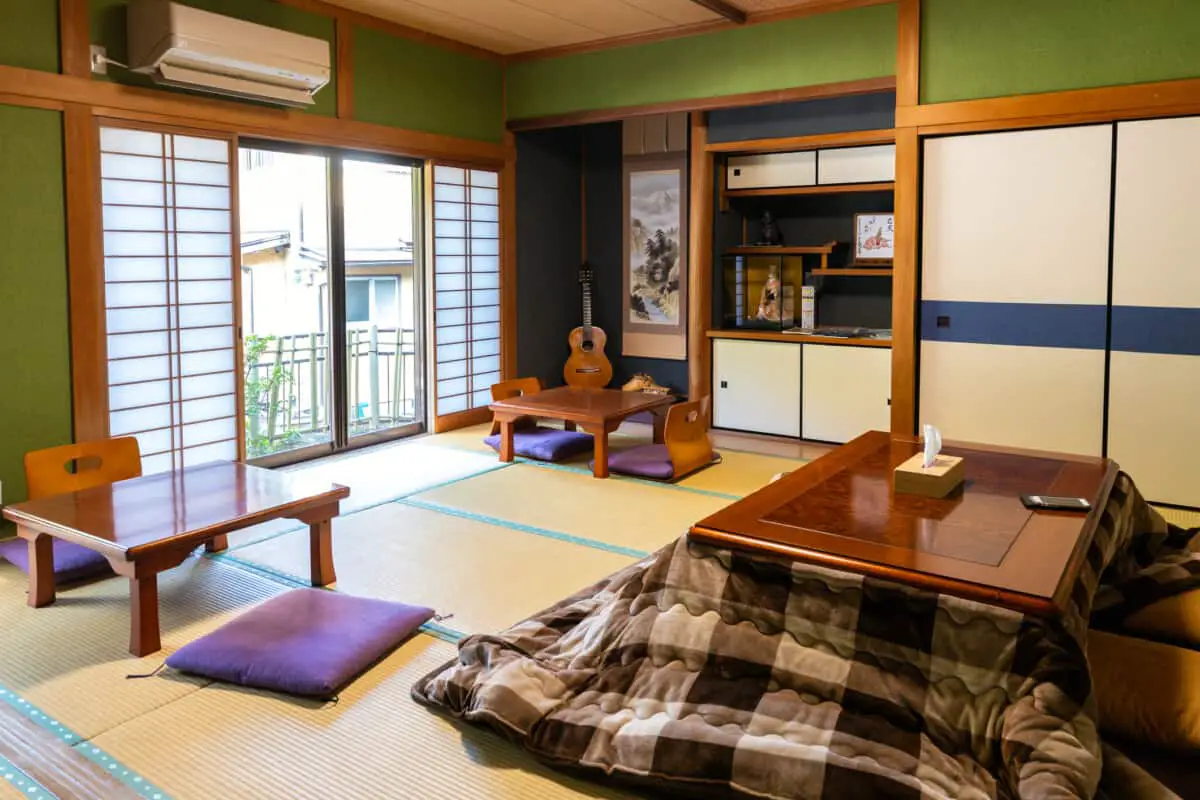The kotatsu is a traditional Japanese heating device that is essential for winter. This heating unit is a low table covered by fabric called futon around the edges of the table. Underneath the table, a large heating device spreads warmth and traps it under the blanket.
Heating concentrated areas of a Japanese home with furniture like the kotatsu keep you warm in winter. The wooden table is great for dining or working because of the hard surface area on top.
There are also many other uses for the hard-surfaced kotatsu, like casual relaxation, studying, and much more.
The kotatsu evolved from the Japanese irori, a traditional cooking hearth used for cooking and heating. By the fourteenth century, people in Japan had added platforms and fabric to contain warmth more efficiently.
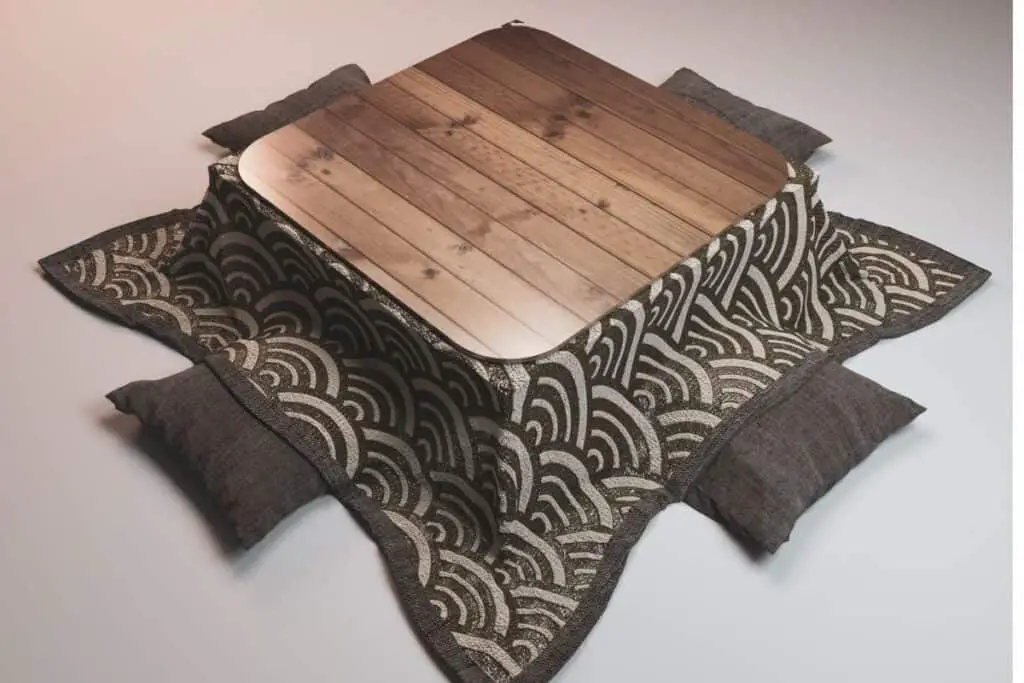
Over centuries, containing the warmth of this essential Japanese heater became more and more effective for cold Japanese winters.
What is a kotatsu?
A kotatsu is a traditional Japanese chabudai (low table) with an electric heating unit underneath. People cover these wooden tables with thick futons and a hard-top surface, which you may use as a tabletop. The thick futon is placed on your lap to trap heat and keep you warm.
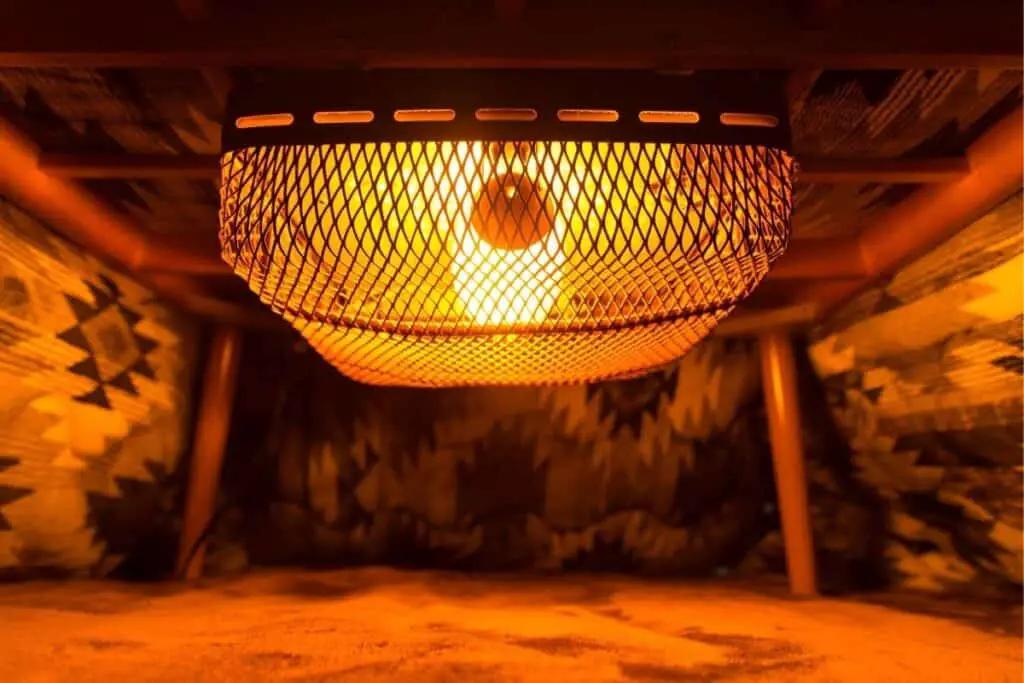
The kotatsu is a common source of heat in nearly every home in Japan. It is essential for heating homes in winter and used year-round. When not in use, people will remove the futons and use the kotatsu as a traditional chabudai.
A direct comparison to the Japanese kotatsu is the korsi in Iran. These are identical to the hori-gotatsu, a non-transportable gathering place that uses coal to heat the inside of each home.
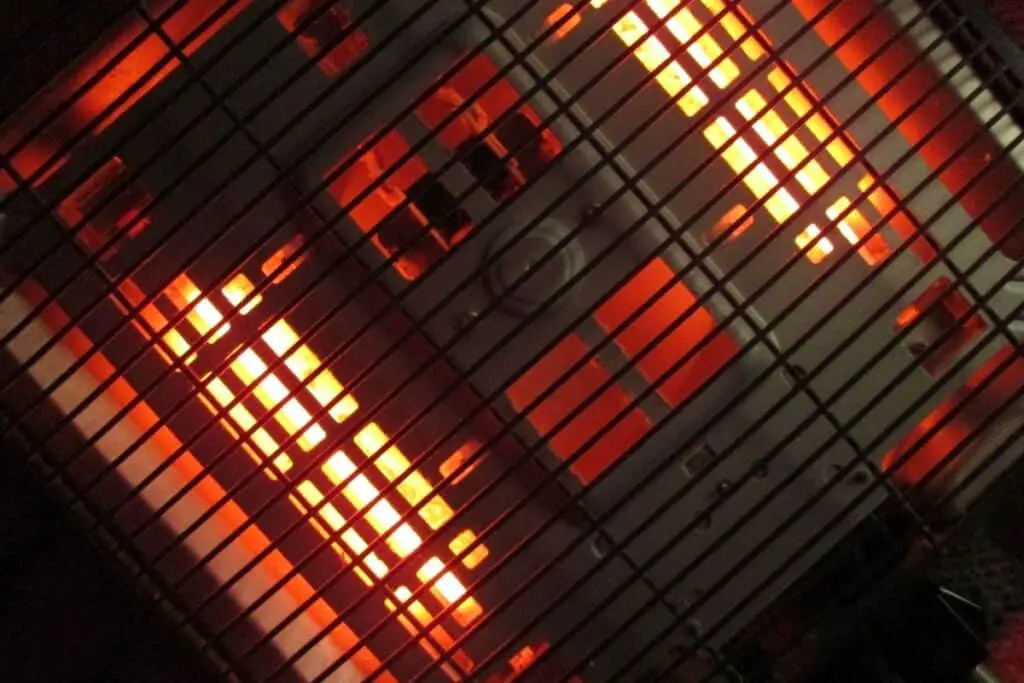
In Western society, a kotatsu compares to a space heater, which heats the area around them. However, the space heater does not use blankets the same way kotatsu do.
The history of the kotatsu
The earliest model of the kotatsu dates back to the seventeenth century when the hori-gotatsu was made. This Muromachi period Japanese invention was a combination of a fireplace and a piece of furniture.
The hori-gotatsu was inspired by several prior inventions, which used similar coal-burning techniques to harness heat. After perfecting textiles such as silk and other materials, residents of Japan could use quilts called oki to trap heat.
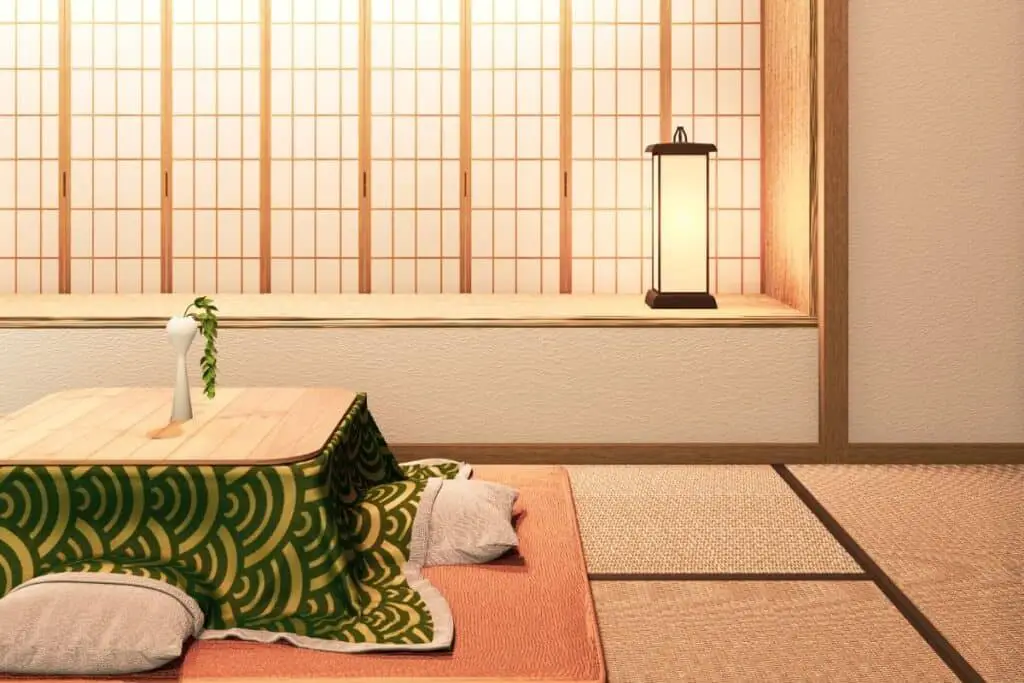
The years of development have transformed the kotatsu from an underground coal-burning heater into an electric-powered and portable heater.
The current model of the kotatsu is framed after the oki-gotatsu, a model which uses an electric heat source and a transportable chabudai. The futon blanket is made of cotton, and these pieces are often the staple of most Japanese households.
Irori
The first inspiration for the kotatsu can be tied directly to the Japanese irori. The irori is a sunken cooking hearth made of stone to cook food on a burning charcoal fire.
The stone pit extends roughly 15 inches into the ground, with a charcoal fire at the bottom of the circular well.
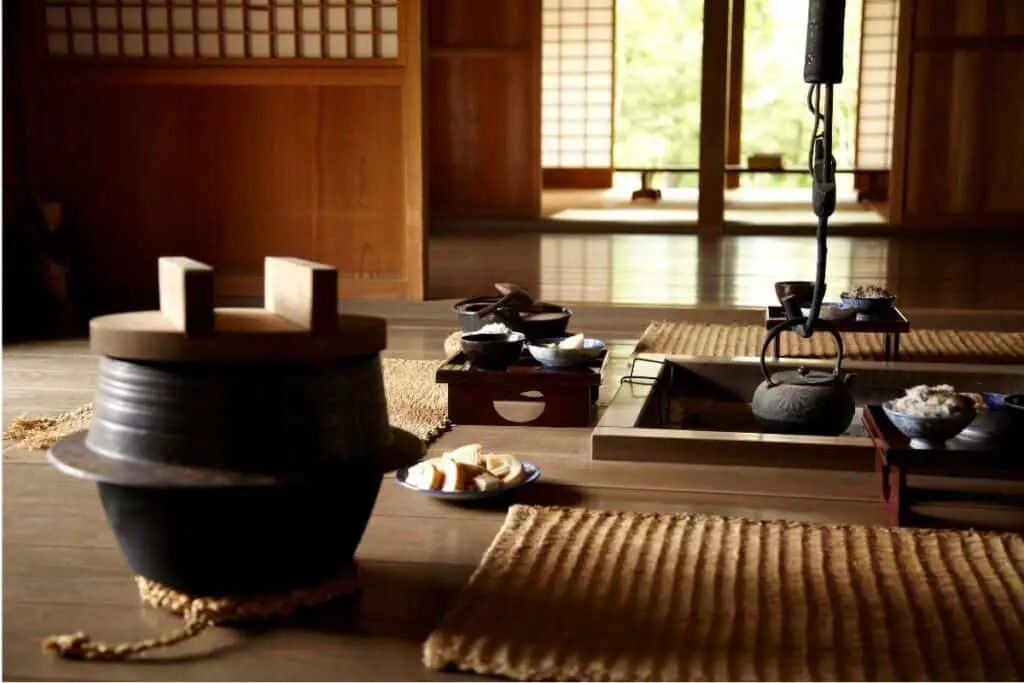
The irori comes from the Jomon period, between c. 14,000 and 300 BCE. It is a traditional Japanese item that people used inside almost every home in early Japan. The stone design made the irori resistant to fire.
Modern kotatsu emulates traditional irori, which were made to conveniently tuck into the earth when they were not in use. Twentieth-century oki-gotatsu style kotatsu has hidden compartments to make storage significantly easier.
Hibachi Bowl Heater
The hibachi was a heavy influence throughout the development of the kotatsu. A hibachi is a traditional Japanese heating device made in the Heian period. The hibachi is shaped like a bowl and is used to heat rooms by burning coals.
In the Heian period, gathering around fire brought people together. The gathering practice is something that continued throughout the development of the kotatsu.
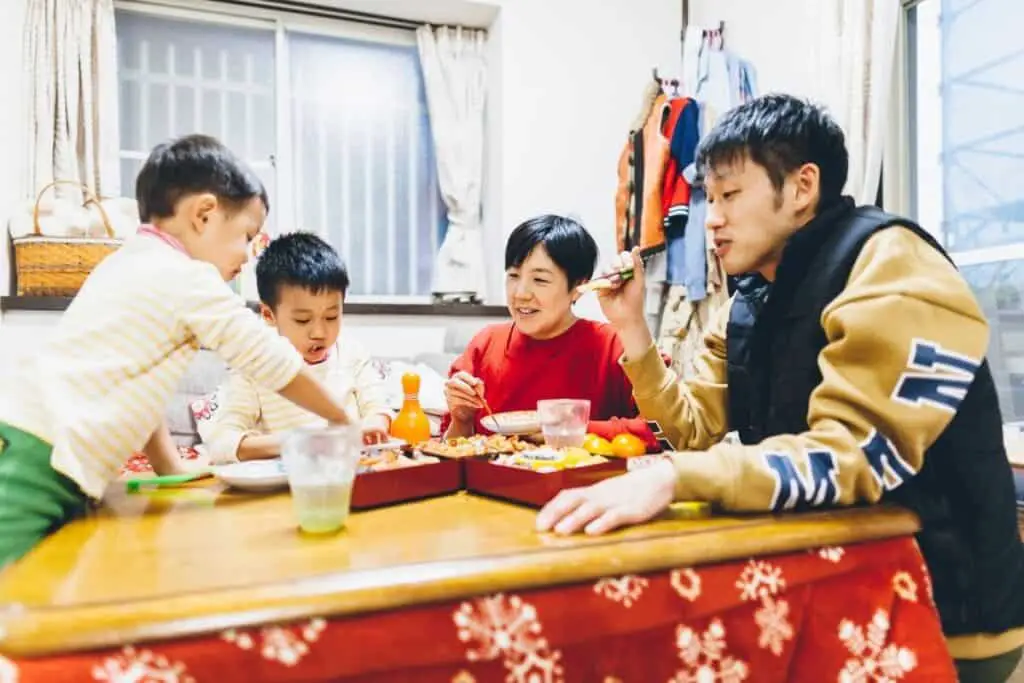
Furthermore, the bowl-shaped design influenced the transportable oki-gotatsu later when the Japanese unearthed the in-ground design.
Chabudai
The chabudai is a traditional wooden table found in most Japanese households. These short tables are between 15-20 Inches tall, with a zabuton or tatami seat where people may sit.
The Chabudai was a major inspiration when crafting the first version of the hori-gotatsu because of a need for functionality. Japanese inventors suggested adding a chabudai to their evolved irori to create a functional piece of furniture.
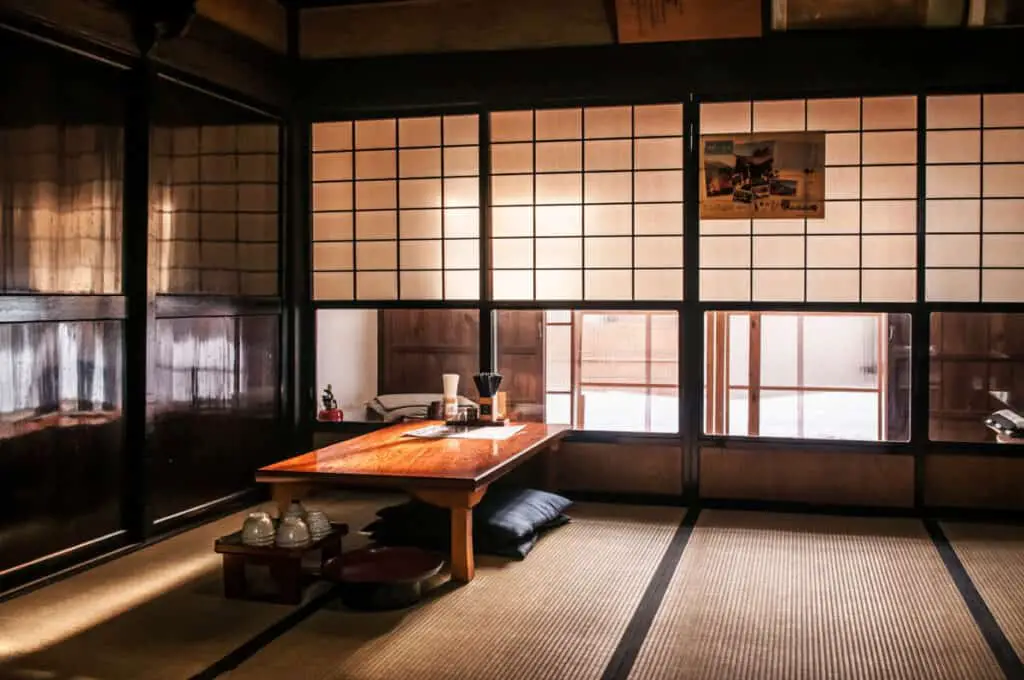
Initially, in the early kotatsu designs, many chabudai were lattice. The lattice design allowed heat to escape. However, as time passed, new designs became available.
The chabudai is still a part of modern kotatsu designs, with the possibility of removing your blanket and heat to use the piece of furniture only as a table during warmer months.
Hori-gotatsu
In the Muromachi era (the fourteenth century), the irori evolved from a fireplace into a piece of furniture. The result was called the hori-gotatsu, which added two pieces of Japanese furniture, the chabudai (low table) and zaisu (floor chairs), to become more comfortable.
Beginning in the Muromarchi era, people used an oki to trap heat. Oki is a term for the patched quilts made from recycled cotton that people placed on top of the hori-gotatsu to collect heat.
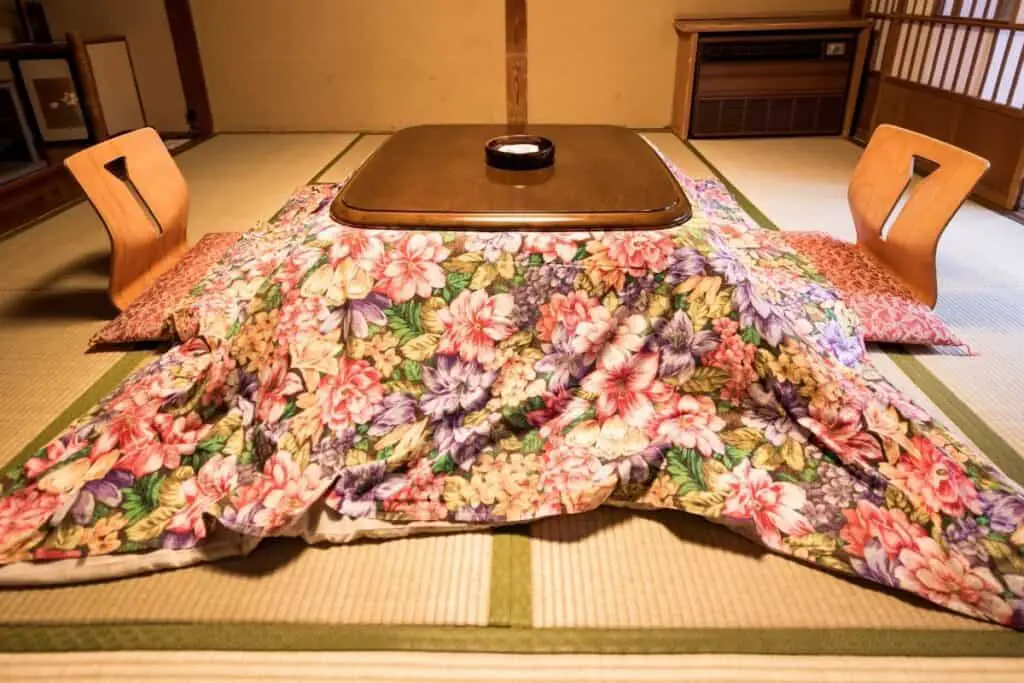
The oki were made from dried straw, cattails, and silk waste, among other things. Mostly, they were low-quality patchwork unless high-quality fiber was within your price range.
Oki-gotatsu
The Edo period (the 17th century) introduced a circular shape and raised platform to the kotatsu design. This design was called the oki-gotatsu, and it aimed for functionality.
They redesigned the initial circular design into a square shape and added raised wooden platforms for seating.
A hard tabletop made from wood was added to the top of the table for dining purposes.
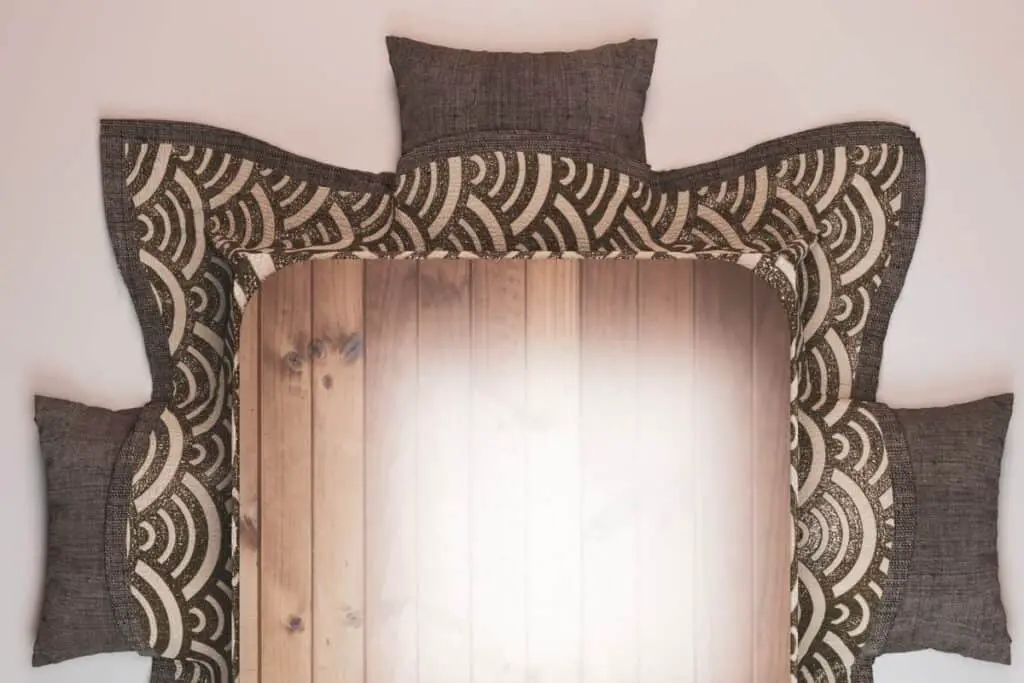
By the seventeenth century, oki were replaced by futons, a thicker quilt made from cotton.
After a desire for portability became popularized in the 18th and 19th centuries, the Oki-gotatsu was invented.
The oki-gotatsu was designed to be a moveable kotatsu with a container underneath. The unearthed pot was detached from the ground, with a grate that prevented the coal from escaping. The new design of the kotatsu made it possible to move the Oki-gotatsu.
Kotatsu
The modern kotatsu uses an electric heater as its main heat source. The heater is attached directly to the table frame, which is nearly identical to the 17th-century oki-gotatsu. The main difference is the variety of materials now available, such as plastic or metal.
By the twenty-first century, kotatsu blankets were called shitagake. The shitagake are thick and often covered by a second blanket that is heavier, known as the kotatsu-gake. The materials these blankets are made from are fire-retardant.
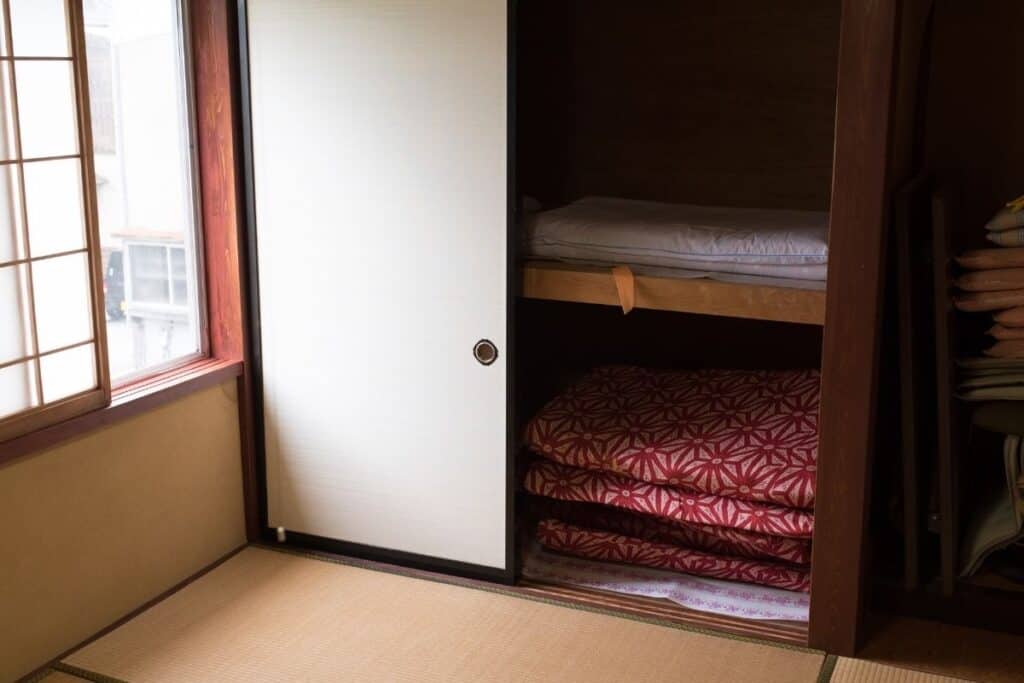
At the end of the twentieth century, more than eighty percent of Japanese homes had a modern kotatsu. The design and size of kotatsu vary based on household size.
How the Japanese kotatsu works
You must turn the electric heater on and then sit underneath the shitagake (the blanket) of a kotatsu to use it properly. This design was intentional because of the former Japanese attire, which traditionally opened at the legs.
The electric heater attached to the frame of the chabudai takes only a few minutes to heat the interior of your kotatsu fully. You can wait a few minutes or place your legs inside the shitagake immediately and wait as the space warms itself slowly.
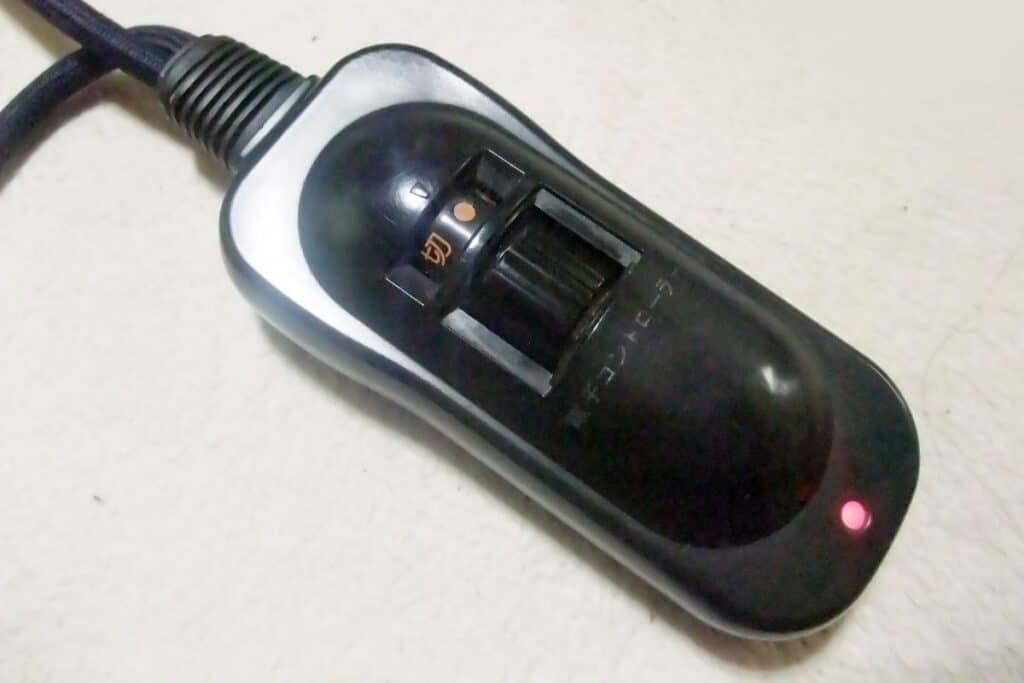
Many kotatsu has adjustable settings which may heat the space quicker. Turning the kotatsu on at a steady rate and slowly increasing the heat is highly effective. A thicker shitagake may also have a positive impact on how quickly the interior heats.
The use of the Japanese kotatsu
The kotatsu is most commonly used to bring people together. Since its origins as the iori, the kotatsu has been considered Japan’s center of domestic life. It is the main gathering point for families and all visitors of the household.
Families often use kotatsu to eat together or for recreational purposes. There is a single shitagake, which everyone gathers underneath for warmth. The kotatsu is popular for sharing a meal, socializing, or participating in other activities.
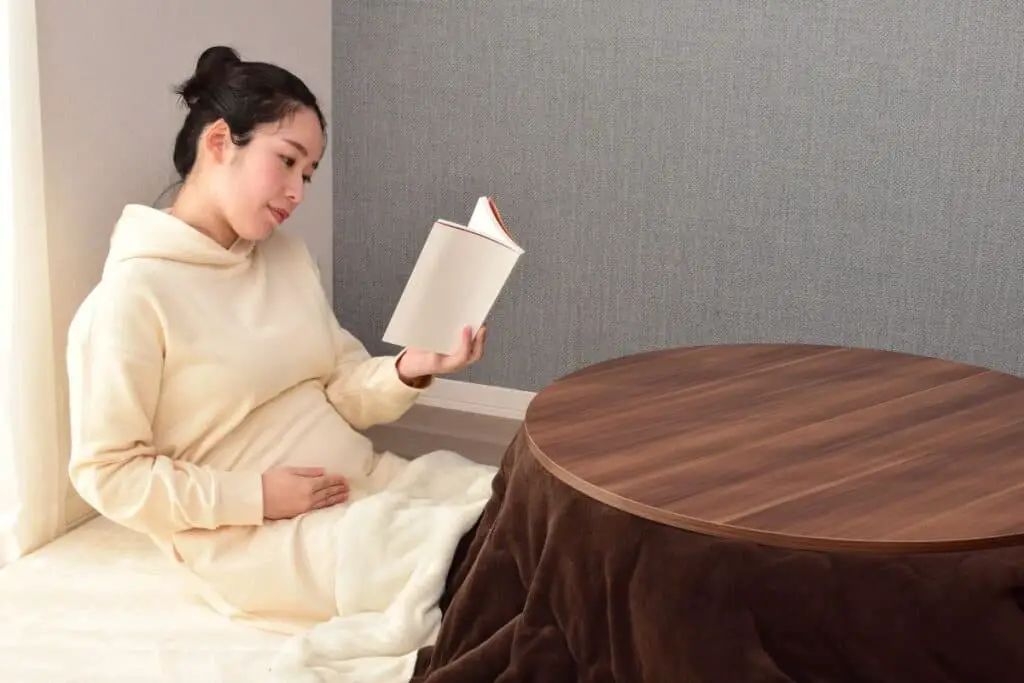
The material of the Japanese kotatsu
Traditionally, artists craft kotatsu from wood, but they have adopted new fire-resistant designs made from plastics, metal and more since the twentieth century. Metal and other fire-resistant materials cover the bottom of the chabudai frame to prevent fire.
The chairs surrounding the kotatsu have no legs, and they may have a dedicated use, depending on the household’s desired function. Most chairs are plastic or wood, but they can come in many materials and fabrics. Some people may even sit on tatami floors, mattresses, or pillows.

